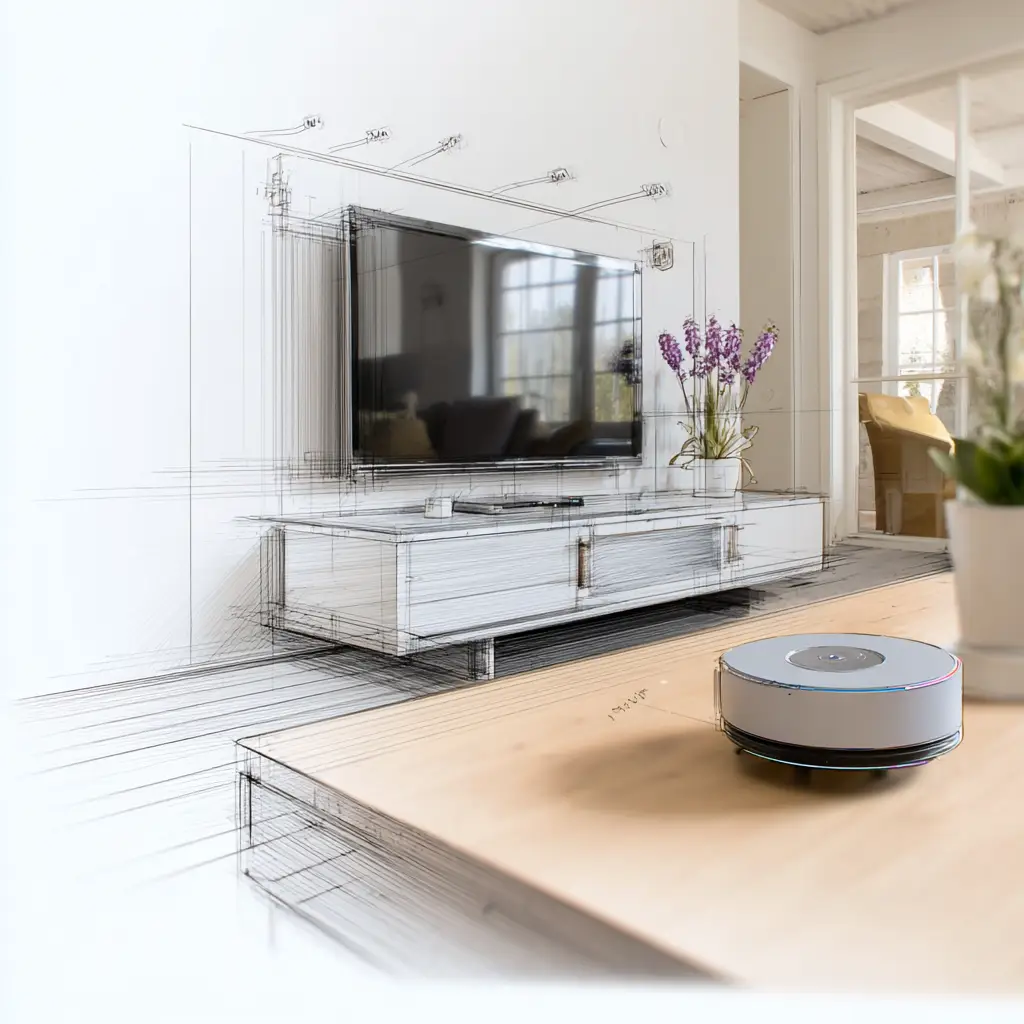Imagine waking up one morning to find that the smart devices you rely on – your lights, your thermostat, your security system – have stopped working. Not because they’re physically broken, but because the company behind them decided to pull the plug. This isn’t a dystopian fantasy; it’s a recurring nightmare for consumers in the cloud-dependent smart home market, a phenomenon known as being bricked.
The core issue lies in the Service Home model, where physical devices often function merely as access points to a service that can be altered, monetized, or discontinued at the company’s discretion. This model relies on corporate cloud infrastructure, and when a company’s financial model falters or its strategic priorities shift, those cloud servers are shut down, rendering your expensive hardware useless.
History is unfortunately littered with cautionary tales:
Insteon (2022): A mature and seemingly stable smart home ecosystem, Insteon abruptly ceased operations, shutting down its cloud servers without warning. Thousands of users found their hubs offline and their homes crippled. While Insteon later saw a partial revival as a mandatory subscription service, it proved that consumers had effectively bought a revocable license to access a server.
Google Nest Secure (2024): Even tech giants aren’t immune to this trend. Google deliberately ended support for its entire Nest Secure alarm system, including hubs, sensors, and key fobs. This wasn’t a financial failure but a strategic business decision following a partnership with ADT, intentionally turning fully functional, user-owned hardware into e-waste. This shutdown even crippled popular devices like the Nest x Yale Lock, which unknowingly relied on the Nest Guard hub for connectivity.
- Wink Hub (2020): Wink attempted to ransom its users’ hardware by suddenly announcing a mandatory monthly subscription fee. The ultimatum was clear: pay up, or your hub and connected devices would become “largely non-functional,” with app access and automations disabled. This digital shakedown exposed the unsustainable business model of funding perpetual cloud costs through one-time hardware sales.
Revolv Hub (2016): An early and stark example, Google’s Nest division acquired Revolv and, two years later, remotely disabled every existing hub, intentionally turning the $299 devices into e-waste.
- Iris by Lowe’s (2019): When Lowe’s exited the smart home market, its Iris platform was shut down, leaving customers with what CNET famously called “expensive bricks”.
These incidents are not isolated; they are “the predictable outcome of the Service Home’s unsustainable business model”. They reveal a disturbing truth: with cloud-dependent hardware, you are not truly buying a product; you are buying a service agreement that can be revoked at any time.
The Thinking Home offers an architectural defense against this very risk, championing the Sovereign Home philosophy that prioritizes local control, user ownership, and absolute privacy. By building a system where the intelligence operates entirely within your own walls, you create a system that you, not a corporation, truly own and control. This ensures your smart home remains functional and reliable, free from the whims of corporate strategy or financial distress.
In our next post, we’ll dive into what “Local Control” really means and why it’s the fundamental principle for building a truly resilient and private smart home.

